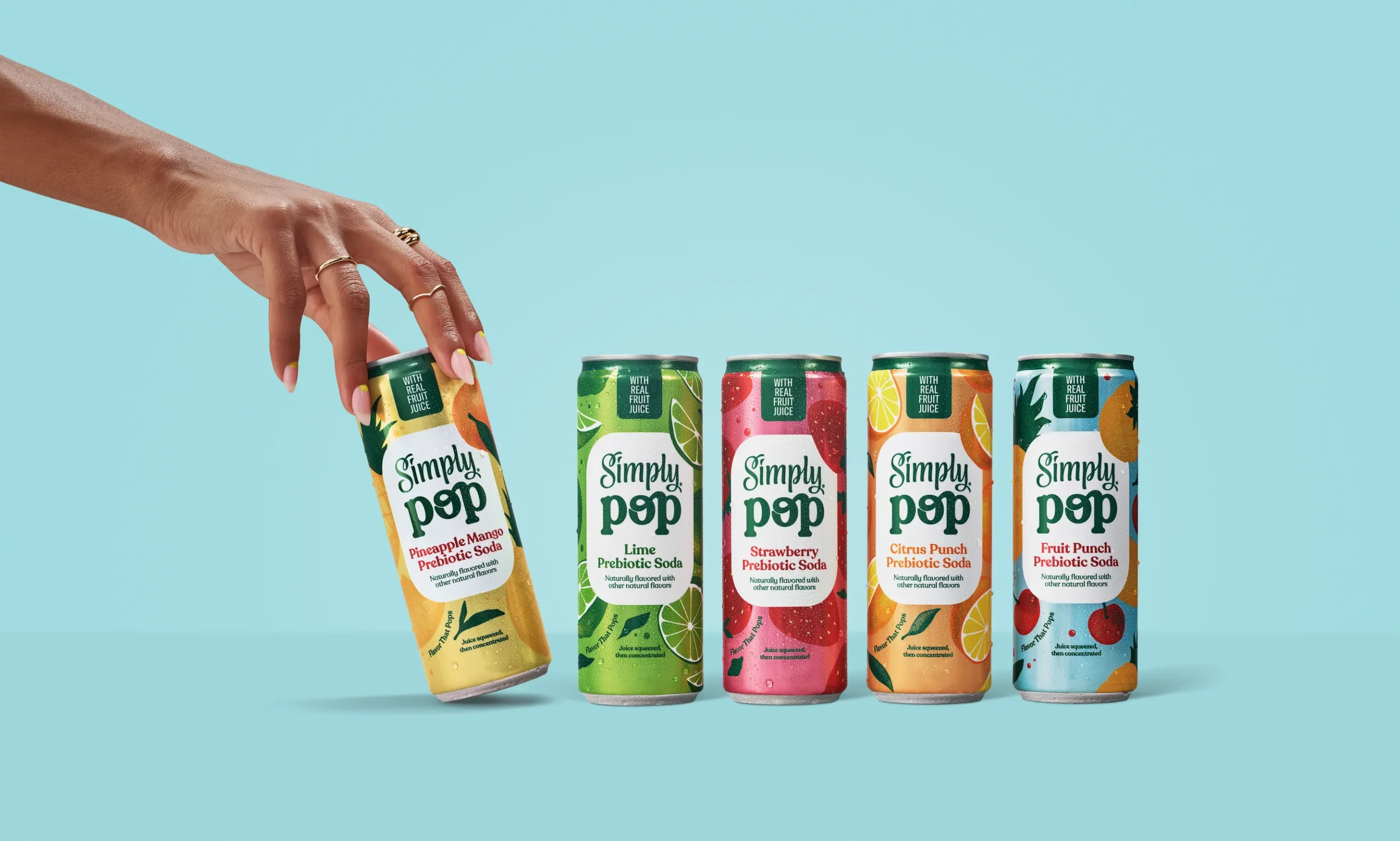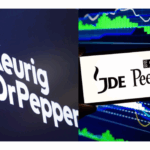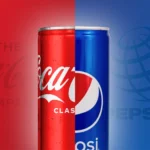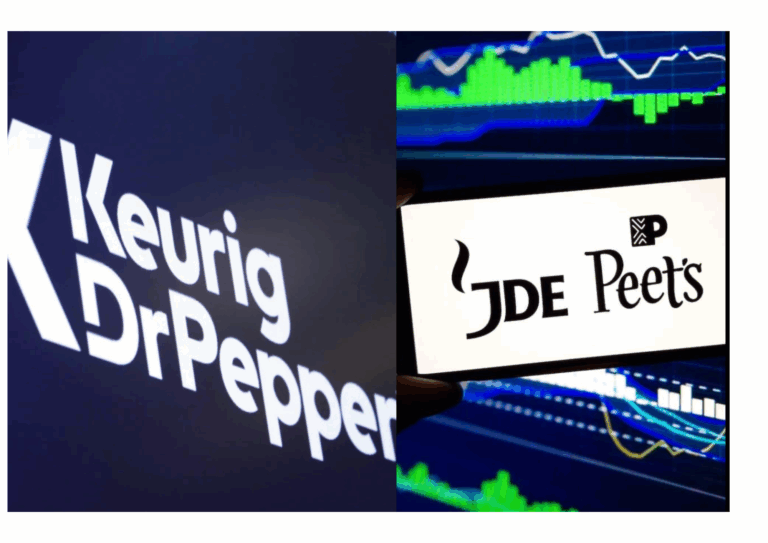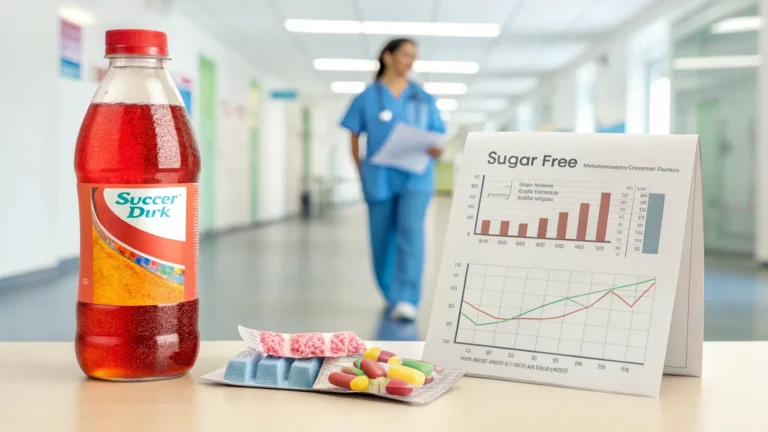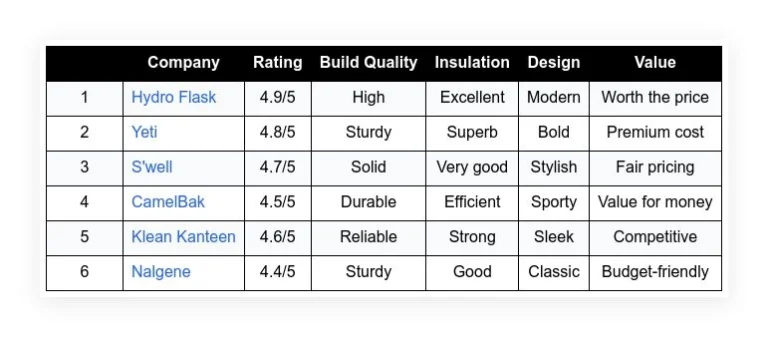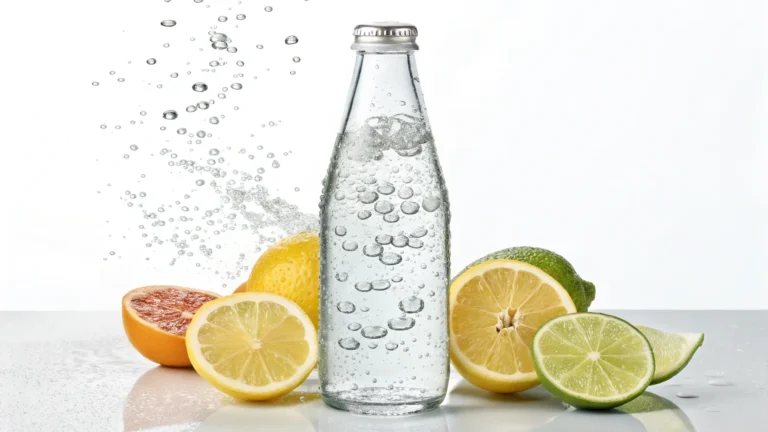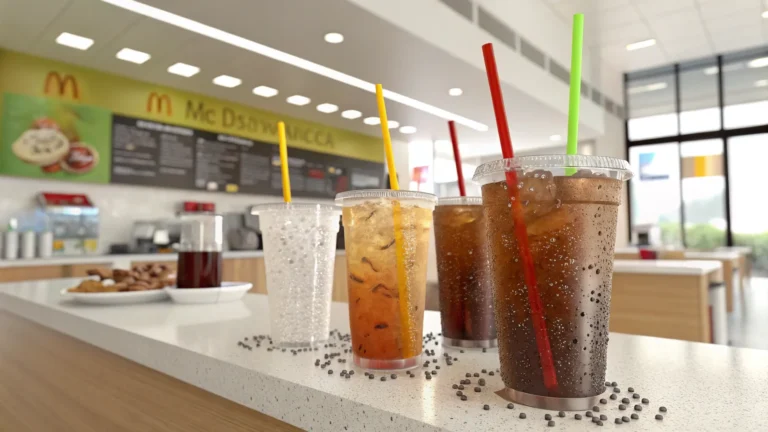Coca-Cola is expanding its beverage portfolio with the launch of a prebiotic soda brand called Simply Pop. This new product enters a growing market that has seen a shift in consumer habits over recent years. As consumers look for drinks that offer both taste and potential health benefits, the move by Coca-Cola marks a notable change in strategy for an iconic beverage company.
Coca-Cola’s New Strategy and Market Entry
Coca-Cola has traditionally been known for its classic sodas that served as beverages enjoyed for their flavor and brand recognition. In a bid to address changing consumer preferences, the company is now launching a product in a category that has experienced a surge in interest. The simply named “Simply Pop” is aimed at those who seek a drink that not only tastes good but also includes functional benefits. It is set to hit shelves on the West Coast and in the Southeast starting in late February.
This step marks Coca-Cola’s attempt to capture a growing consumer interest in prebiotic sodas. With more people paying attention to the health effects of the foods and beverages they consume, prebiotic ingredients are generating more interest. The addition of prebiotics to sodas is a recent trend that offers a twist on traditional soda by providing digestive benefits along with refreshing flavors.
Market Trends and Consumer Preferences
The soft drink market in the United States has changed significantly over the past two decades. Overall soda consumption has been on a decline due to health concerns and the growing availability of alternative beverages. Drinks like cold brew, energy drinks, and various types of water have attracted consumers who are looking for healthier or more diverse choices.
In contrast, prebiotic sodas have grown in popularity. Over the last five years, beverages with prebiotics have captured the attention of consumers looking for additions to support digestive health. Data shows that the market for digestive health soft drinks in the United States increased from a value of $197 million in 2020 to roughly $440 million in 2024. Although this figure represents only a small share of the overall soda market, which is valued in the billions, it signals robust interest in drinks with functional benefits.
Product Features and Nutritional Benefits
Simply Pop offers a lineup that leans into fruity flavors. The product echoes the design of the Simply juice range from Coca-Cola by using flavors such as pineapple mango, lime, strawberry, fruit punch, and citrus punch. These flavors are selected to appeal to consumers who want a soda that is both appealing in taste and perceived as a better option health-wise.
Coca-Cola has designed Simply Pop with several appealing nutritional attributes:
- The drinks contain no added sugar.
- They include 25% to 30% real fruit juice.
- Each serving comes with vitamin C and zinc, which may support the immune system.
- The soda contains six grams of prebiotic fiber, offering a moderate amount compared to competitors.
According to Becca Kerr, CEO of Coca-Cola’s North American nutrition unit, the company aimed to create a product that aligns with consumer tastes. Kerr stated,
“We went out and really listened to consumers. They love this space, they’re really looking for stuff that tastes good, and that’s something we know how to deliver on at Simply and at Coke.”
The formulation of Simply Pop reflects the company’s commitment to adding a nutritional twist to its beverage offerings.
Competitive Environment
The introduction of Simply Pop puts Coca-Cola in direct competition with emerging brands such as Olipop and Poppi. These newcomers have built a foothold in the market through appealing flavors and the promise of digestive benefits. Olipop, for instance, recently raised $50 million at a valuation of $1.85 billion. Meanwhile, Poppi has leveraged its exposure from multiple Super Bowl appearances, investing heavily to reach large audiences.
While Simply Pop contains six grams of prebiotic fiber, Olipop offers nine grams per serving. These differences highlight how each brand positions its product. However, Coca-Cola benefits from a century-long presence in the soda market. The company has significant marketing resources, an extensive distribution network, and a deep understanding of consumer preferences in the beverage sector.
The competition is heating up as Pepsi is also reported to be planning a launch of its own prebiotic soda in 2025. This means that the battle for market share in the prebiotic soda category will involve traditional beverage giants as well as innovative start-ups. Consumers have options, and each brand hopes to serve a niche for health-conscious consumers.
Coca-Cola’s Past Attempts and Future Challenges
Coca-Cola is not new to chasing trends that arise in the beverage space. Despite its market dominance, the company has had previous challenges with brand extensions. For example, the Coke Spiced flavor was launched and pulled from the shelves within a few months after it was promoted as a permanent addition. Similarly, the company reduced distribution for its Aha sparkling water line after the product struggled to attract sufficient consumer demand.
These past experiences serve as a reminder that even a market leader can face difficulties in new product categories. Coca-Cola must balance its long-standing brand reputation with the need to innovate in order to meet modern consumer expectations. The stakes are high, and simply launching a product is not enough. The company aims to leverage its resources in product development, distribution, and marketing to overcome past hurdles.
Health Claims and Consumer Skepticism
The use of prebiotic ingredients in soda carries both promise and challenges. Prebiotics are valued for their role in supporting gut health by aiding the growth of beneficial bacteria in the digestive system. However, the health benefits of these ingredients remain a subject of debate. While some evidence points toward positive effects, definitive proof has yet to emerge.
This debate is not lost on consumers and regulatory bodies. For instance, Poppi is currently in settlement negotiations following a lawsuit regarding its marketing claims. Critics argue that the drinks may not be as beneficial for gut health as advertised. Despite any controversy, the overall market comparison between prebiotic sodas and traditional sugary sodas is clear. Consumers are shifting their preferences toward formulations that are perceived as healthier.
Market Dynamics and Consumer Demographics
Data indicates that younger consumers, including millennials and members of Generation Z, are particularly interested in prebiotic sodas. These groups are more willing to try new beverages that offer a mix of enjoyable taste and potential health advantages. Additionally, multicultural consumers are showing a significant interest in these drinks. Companies in this segment are tailoring their products to attract a wide range of tastes and cultural preferences.
This shift in demographic behavior is pivotal for beverage companies. By appealing to consumers who are open to functional beverages, brands can secure a loyal customer base. Coca-Cola’s entry into this market is a strategic move aimed at capturing these emerging consumer trends.
Industry Impact and the Road Ahead
Coca-Cola’s move into the prebiotic soda category is likely to have a notable impact on the industry. The company is famous for its extensive reach and marketing prowess. Its historical success in the soda market gives it an edge over many newer players. However, this new venture is not without risks.
The beverage industry has seen rapid changes. Even established brands have experienced setbacks when new products do not perform as expected. For Coca-Cola, learning from its previous product failures is crucial. The company must ensure that Simply Pop resonates with current consumer preferences by maintaining taste quality alongside its functional benefits.
Moreover, the competitive pressure from Olipop, Poppi, and soon from Pepsi, means that each brand will need to innovate continuously. The ability to deliver a tasty product with health-promoting ingredients will be a major factor in winning consumer trust. As the landscape changes, established giants and start-ups alike are set to compete on equal terms.
Key Takeaways
The current changes in the soda market show a clear trend toward health-focused beverages. Coca-Cola’s introduction of Simply Pop represents a clear move to meet this evolving demand. The following points summarize the key insights:
- Simply Pop is a new prebiotic soda aimed at offering a blend of taste and possible health benefits.
- The product will launch on the West Coast and in the Southeast early next year.
- The drink contains no added sugar, a mix of real fruit juice, vitamin C, zinc, and six grams of prebiotic fiber.
- Traditionally declining soda consumption is being countered by the emergence of functional beverages.
- Key competitors such as Olipop and Poppi have already established market presence, while Pepsi plans to enter the segment soon.
The move by Coca-Cola is a strategic response to changing consumer behavior. It highlights the importance of adapting to new trends even for established brands. Although the overall soda market continues to be strong, the share taken by functional beverages is growing steadily.
Looking to the Future
The beverage market remains dynamic as consumer preferences shift toward options that provide both enjoyment and possible health benefits. Coca-Cola’s decision to enter the prebiotic soda market with Simply Pop shows its willingness to innovate in a competitive sector. The company’s longstanding experience in the soda industry, combined with its ability to execute major marketing campaigns, could allow it to capture a significant share of this niche market.
However, the company must carefully navigate the pitfalls of past product launches. Previous attempts such as the short-lived Coke Spiced flavor and the scaled-back Aha brand provide lessons on the importance of aligning product quality, consumer expectations, and market timing.
Industry observers note that while health claims of prebiotic ingredients spark interest, such claims remain under scrutiny. As a result, beverage manufacturers must balance product claims with transparency. Even though some marketing assertions face legal challenges, consumer interest continues to drive growth in this segment. Coca-Cola appears poised to make a strong entry by relying on its extensive resources and deep market knowledge.
As the market evolves, successful brands will be those that can blend flavor with functional ingredients. Coca-Cola’s established market presence gives it tools that upstart competitors lack. This could prove to be a decisive factor in attracting health-aware consumers.
In summary, the launch of Simply Pop is not just a new product release. It is a strategic move that responds directly to the ongoing shift in the beverage sector. With consumers increasingly seeking products that complement their lifestyle choices, the industry is witnessing a clear change in priorities.
The introduction of Simply Pop may encourage other industry giants to innovate further. The progression of market interest in functional beverages is likely to continue. Both established brands and new players are expected to offer products that bridge enjoyment and potential health benefits for consumers.
Coca-Cola’s carefully planned entry serves as a signal that even the largest companies remain responsive to trends. Their long history within the soda market will help them navigate this transition. Only time will show how well Simply Pop performs against competitors, but the beverage giant is keen on staying relevant to modern tastes and health concerns.
Frequently Asked Questions
Q: What distinguishes Simply Pop from traditional sodas?
Simply Pop is a prebiotic soda that offers a blend of natural fruit flavors with added vitamins and prebiotic fiber. The drink does not have added sugars and targets consumers looking for a healthier soft drink option.
Q: How does Simply Pop compare with competitors like Olipop and Poppi?
Unlike many traditional sodas, Simply Pop includes functional ingredients such as prebiotic fiber, vitamins, and real fruit juice. Its fiber content is moderate compared to competitors, as Olipop has a higher amount while Poppi has a lower amount.
Q: Who is the target audience for this new beverage?
The brand targets younger consumers, including millennials and Generation Z, along with multicultural audiences. These groups appreciate products that offer both enjoyable taste and potential benefits for digestive health.

